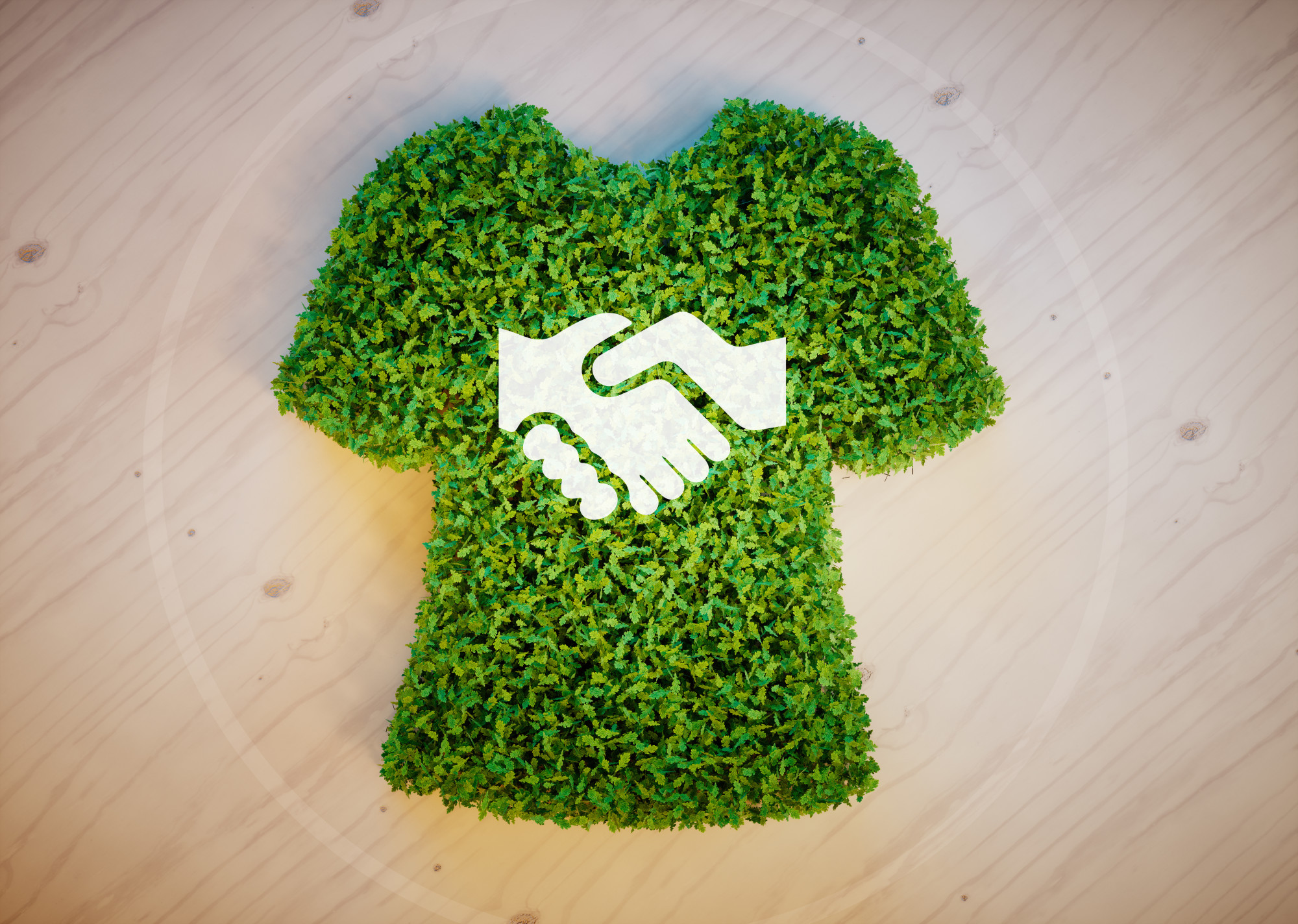
The fashion industry accounts for some 8% of the world’s greenhouse gas emissions, according to sustainability leader Quantis. That makes the fashion industry one of the biggest polluters in the world.
So sustainable shopping isn’t just trendy; it’s a moral imperative. From shopping local to knowing how your slacks are made, there are many ways to start shopping with an environmental mindset.
In the following post, we’ve compiled seven buying tips that will have you thinking globally and shopping locally.
1. Sustainable Sourcing
Choosing sustainable materials made though environmentally sound practices is probably the most anyone can do to help the environment.
It’s also the hardest. The United States’ addiction to low-cost clothing means products with suspect sources are everywhere. Of the 2,000 chemicals used in textile manufacturing and processing, only 16 are approved by the Environmental Protection Agency.
To counter this, look for guarantees that the product does not use hazardous dyes or chemicals (formaldehyde, mercury, or lead) in its manufacture.
Also, look at what your clothes are made from. Fabrics like polysester, acrylic, and other synthetic fibers are either oil-based or shed microplastics into the environment. The process of tanning leather pollutes groundwater worldwide, and the cotton industry, especially in countries outside the U.S., uses potent indiscriminate pesticides.
Although it’s difficult to avoid polyester, try to buy all-natural, low-impact textiles like hemp, silk, wool, and linen. When looking for footwear, there are several quality ethical shoes out there. Also, try to use a faux-leather made from vegetables as a substitute to tanned animal hide.
2. Buy Less
The less you buy, the more you reduce demand, packaging waste, and shipping pollution (plastic tape, cardboard, gasoline consumption, etc.). Paying more for quality can also increase your clothes’ longevity.
3. Sustainable Shopping Is Local
Traveling less reduces your carbon footprint, shipping waste, and supports the local economy. It also means that you can influence the demand for sustainable products at the local level.
4. Buy Secondhand
Buying vintage or secondhand is the very definition of recycling. This is also a positive way to save money and hone your own style.
5. Donate or Consign
This is the flip side to buying secondhand. Donating your clothes helps those in need and decreases the buying of low-cost clothing made from unsustainable materials. Your brand clothing could also earn you some money back at a consignment shop.
6. Upcycle Your Stuff
Your old clothes can be turned into some funky accessories with a little needle and thread. Try turning your favorite-but-fading summer dress into a tote, headband, or quilt. Going the other way, designer Batsheva Hay described how to turn an old pillowcase into a fashionable top in a recent New York Times article.
7. Try a Rental
Are you going to a gala? Sashaying to a soiree? Instead of a new designer look, try a rental site like Rent the Runway for your Giamba or Vera Wang dress.
Little Acts, Big Results
With the world seemingly on fire or underwater due to climate change, it’s easy to throw one’s hands up and give up. But doing your part through sustainable shopping, even if it’s not every piece of clothing or pair of shoes you buy, can still make a significant impact.
For more fashion, trends, and sustainability tips, search this website for more articles.
Leave a Reply